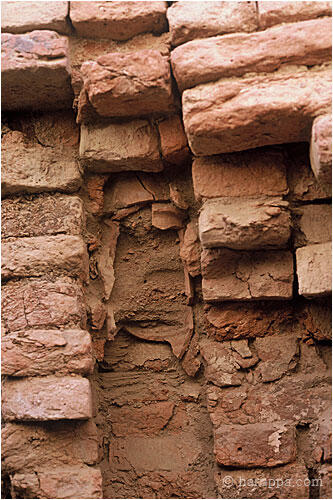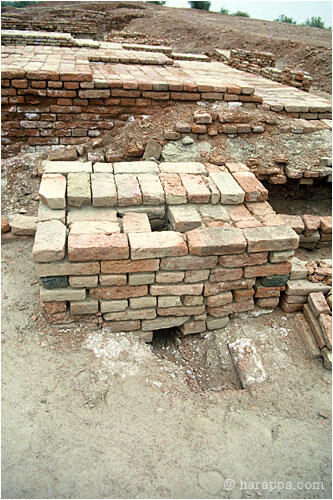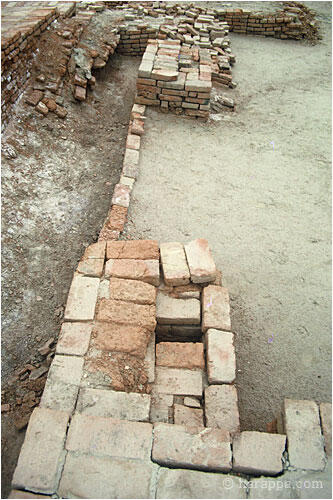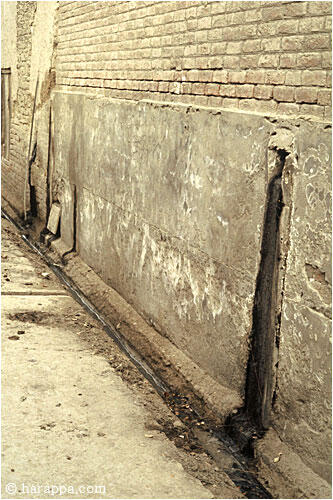March 2nd, 2015
It is often said that the ancient Indus people invented latrines, as these examples from Harappa and Mohenjo-daro suggest. Mark Kenoyer writes "Many urban dwellers may have walked outside the city wall to the nearby fields to relive themselves, as is commonly done today throughout much of Asia. But many houses had latrines that were distinct from the bathing areas. The early excavators at Harappa and Mohenjo-daro did not pay mch attention to this essential feature of the Indus cities, but current excavations at Harappa are finding what appear to be latrines in almost every house. The commodes were made of large jars or sump pot sunk into the floor, and many of them contained a small jar similar to the modern jar or lota used throughout Pakistan and India for washing after using the toilet. Sometimes these sump pots were connected to a drain to let sewage flow out, and most had a tiny hole at the bottom to let water seep into the ground. Clean sand was scattered on the floor of the latrine and periodically an entire new floor was installed. These sump pots were probably cleaned out quite regularly by a special class of laborers who also would have periodically cleaned out the large garbage bins and sewage drains in the city streets." (Ancient Cities of the Indus Valley Civilization, p. 60)








